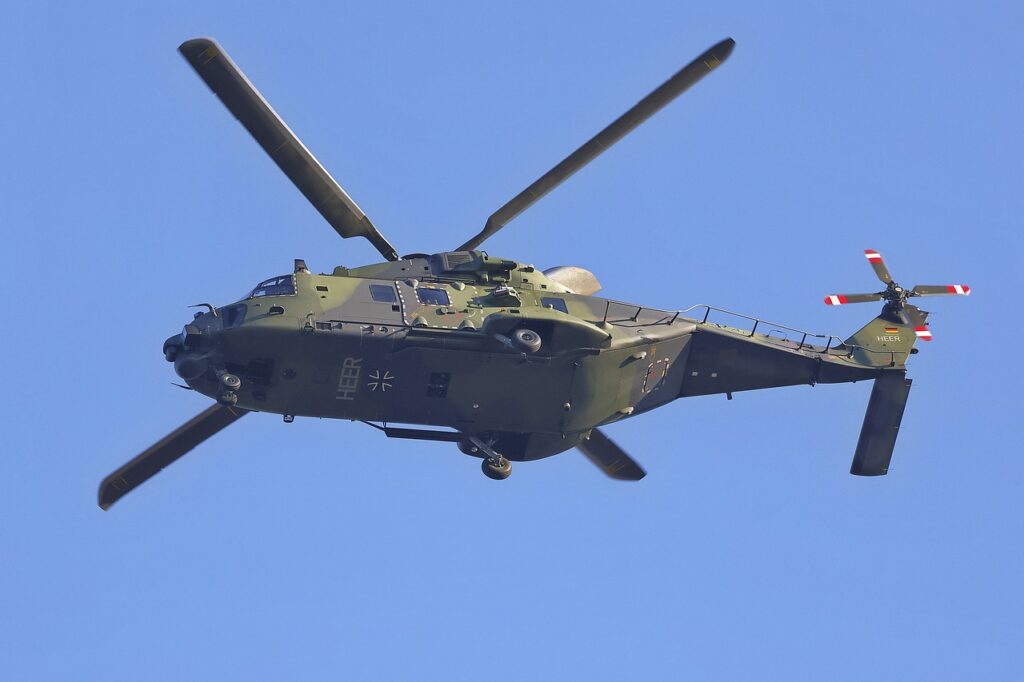Germany signals readiness to increase defence spending dramatically, aligning with US demand for NATO allies to invest 5% of GDP in their militaries. The shift comes amid political debate over the scale and impact of such a move.
Germany’s Defence Spending Plans Change
Germany is now open to a large increase in its defence budget. This follows US President Donald Trump’s call for NATO members to spend 5% of their GDP on defence. German Foreign Minister Johann Wadephul confirmed this new stance during a meeting in Turkey with US Secretary of State Marco Rubio. Wadephul said, “We are following him there,” signaling Germany’s intention to meet the higher spending target.
Previously, Germany had resisted the 5% goal. Trump originally pushed for NATO countries to spend 2% of GDP, but later raised his expectation to 5%. This new ambition would mark a major change in Germany’s military funding policy.
Political Background and Previous Resistance
Under former Chancellor Olaf Scholz, Germany rejected the 5% target as unrealistic. Scholz warned that such a budget would total over €200 billion yearly—almost half of Germany’s federal spending. He added that reaching this level would require “massive tax hikes or deep cuts” to other government services.
Even current Chancellor Friedrich Merz, from the centre-right CDU party, has expressed doubts about strict percentage goals. During his campaign, Merz said, “whether it’s 2, 2.5, or 5%, that’s secondary to me.” However, Merz pledged to make the Bundeswehr the “strongest conventional army in Europe,” which will demand large investments in troops, equipment, and readiness.
Challenges for the Bundeswehr: Recruitment and Conscription Debate
Germany currently faces a shortage of military recruits. Defence Minister Boris Pistorius of the SPD confirmed military service will remain voluntary, following the Swedish model. Reintroducing mandatory conscription would require a two-thirds majority in the Bundestag, which the ruling coalition does not have.
The left-wing Die Linke party opposes reinstating conscription. Deputy chair Ates Gürpinar called the end of conscription in 2011 “a great victory for the conscientious objector movement.” Die Linke holds 64 seats in parliament, creating a significant barrier to passing conscription laws.
The far-right AfD party, which opposes conscription for women, could be the only group willing to support a return to mandatory service. This political complexity limits the government’s options.
Potential Impact on Germany’s Military Role
If Germany proceeds with the increased defence spending, it would mark a significant shift in the country’s military policy and its role within NATO. Meeting the 5% GDP target could reshape the Bundeswehr’s size and capabilities, making it a leading conventional force in Europe.
However, political divisions at home may slow this transformation. The debate over conscription and budget priorities highlights ongoing tensions within Germany’s government and society about the future of national defence.
Germany’s move to align with the US 5% defence spending demand signals a new chapter for the country’s military policy. The decision will have wide implications for NATO and European security. Political leaders face the challenge of balancing ambitious military goals with domestic political realities and public opinion.
